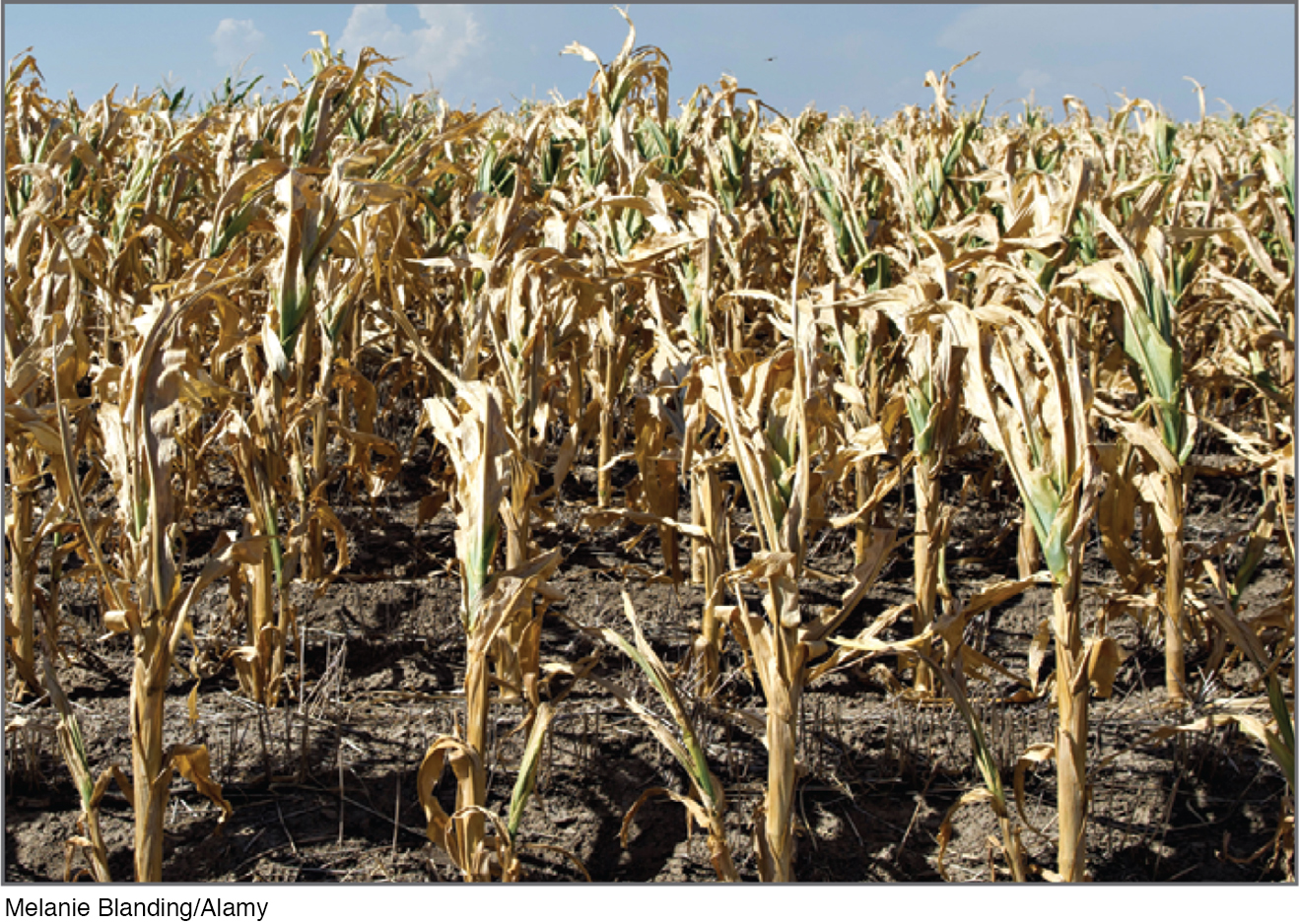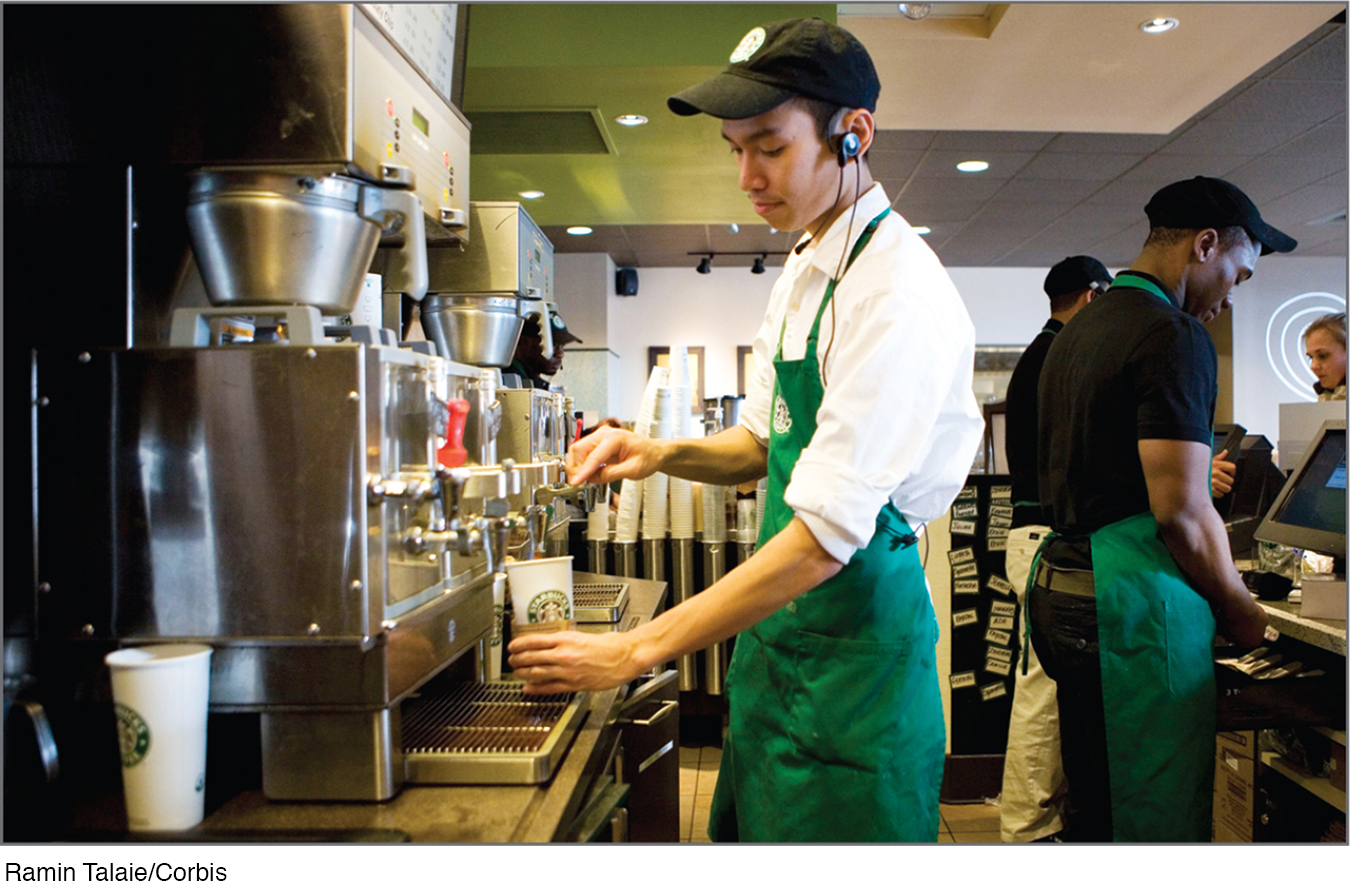chapter summary
472
chapter summary
Section 1 Inflation
Inflation is a general rise in prices throughout the economy. Prices for individual goods can fluctuate up or down, but the price level captures the overall trend in the movement of prices.

6.1 How Inflation Is Measured
Consumer price index (CPI): An index of the average change in prices of a market basket of consumer goods and services.
Producer price index (PPI): An index of the average change in prices received by producers for their output.
GDP deflator: The broadest index used to measure inflation; it includes the prices of all goods and services in the economy.

6.2 Calculating Inflation Using the CPI
CPI = (Cost in current period) ÷ (Cost in base period) × 100
Example: Suppose a market basket consists of pizza and soda
Base year prices: Pizza = $6 and Soda = $2
Current year prices: Pizza = $8 and Soda = $3
CPI = ($8 + $3) ÷ ($6 + $2) × 100 = 137.5 (average prices rose 37.5% since the base year)

6.3 The Main Causes of Inflation
Strong consumer demand: Consumers spend more money, demand increases, and prices rise.
Supply shocks on key inputs: When prices for goods with inelastic demand (such as food or oil) rise, the higher prices are passed on to other industries and to consumers.
Government printing money: The government prints money to finance its borrowing, more money is chasing a relatively fixed amount of goods and services, and therefore prices rise.
6.4 Disinflation Versus Deflation
Disinflation occurs when the rate of inflation falls, but is still positive.
Deflation occurs when the rate of inflation turns negative.
Hyperinflation is an extremely high rate of inflation. It typically is caused by excess government spending over tax revenues (high deficits) and the printing of money to finance deficits.

473
Section 2 Unemployment
The labor force is the total number of people employed or unemployed. Employed persons are individuals age 16 and over who work for pay, whether full-

6.5

6.6 Who Are NOT Considered in the Labor Force?
Discouraged workers are the portion of marginally attached workers who have given up looking for work because they believe there are not enough good jobs.
Marginally attached workers are those who have looked for work in the past 12 months but not in the last 4 weeks.
Students who do not work are not counted in the labor force.
Retired persons and children under 16 are not counted in the labor force.
Institutionalized persons including persons in prison also are not counted in the labor force.
Section 3 Unemployment and the Economy
6.7 Types of Unemployment
Frictional unemployment: Includes workers who voluntarily quit their jobs in search of better positions, or recent graduates seeking their first full-
time job. Structural unemployment: Longer-
term unemployment that is caused by changes in consumer demands or technology, and requires workers to be retrained for a career in another industry. Cyclical unemployment: Unemployment that results from the business cycle—
when a recession hits, firms lay off workers until the economy recovers.

6.8 The natural rate of unemployment or nonaccelerating inflation rate of unemployment (NAIRU) is the rate of unemployment that exists when prices and wages are equal to people’s expectations. At the natural rate of unemployment, the economy is at “full employment.”
Natural rate of unemployment = Frictional + Structural Unemployment
The natural rate of unemployment is very stable in the United States, at around 5% to 6%.